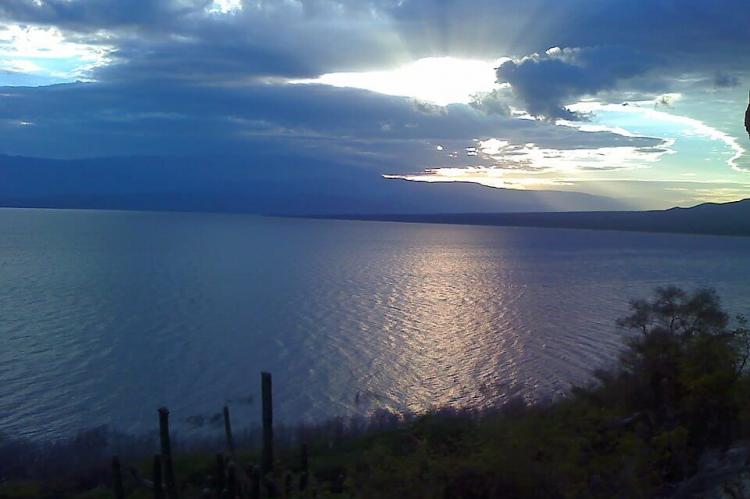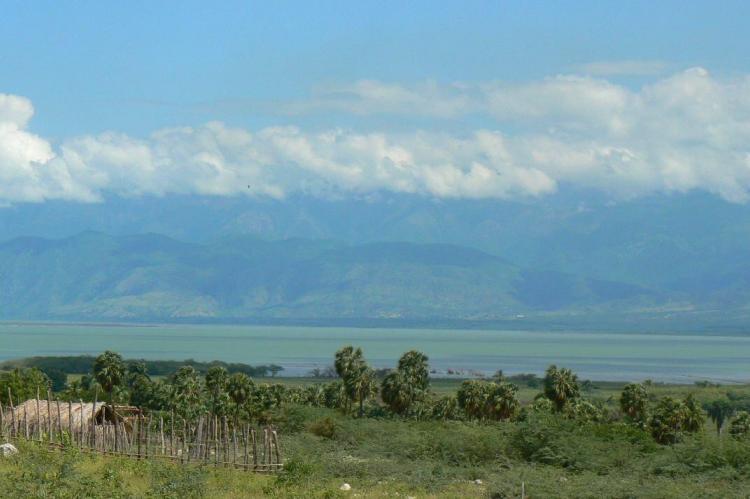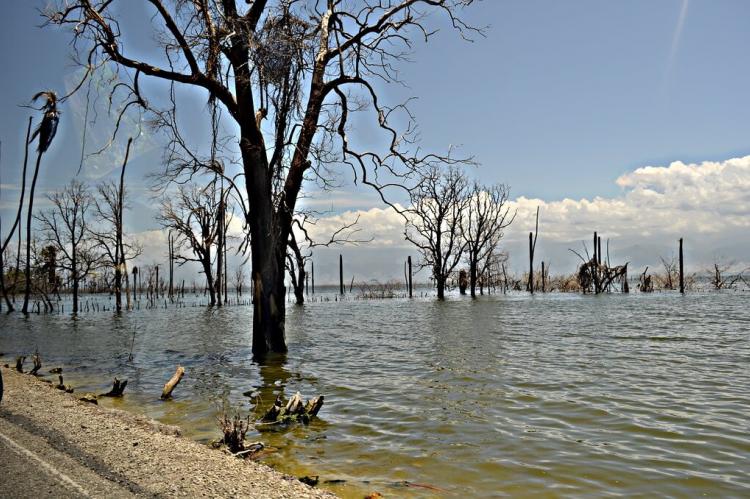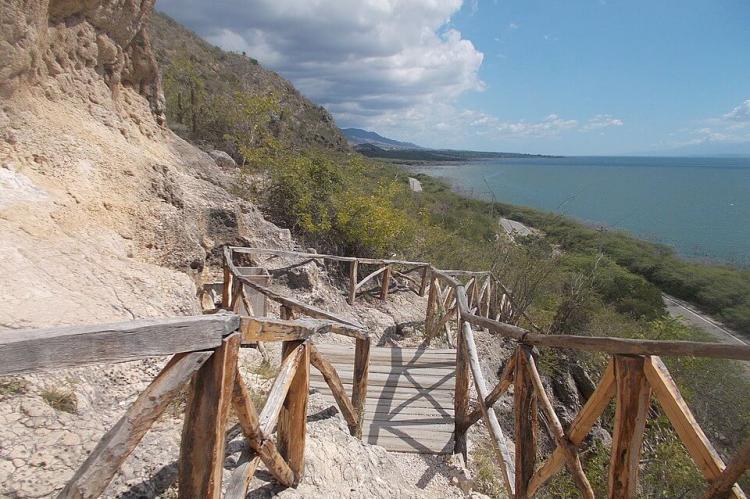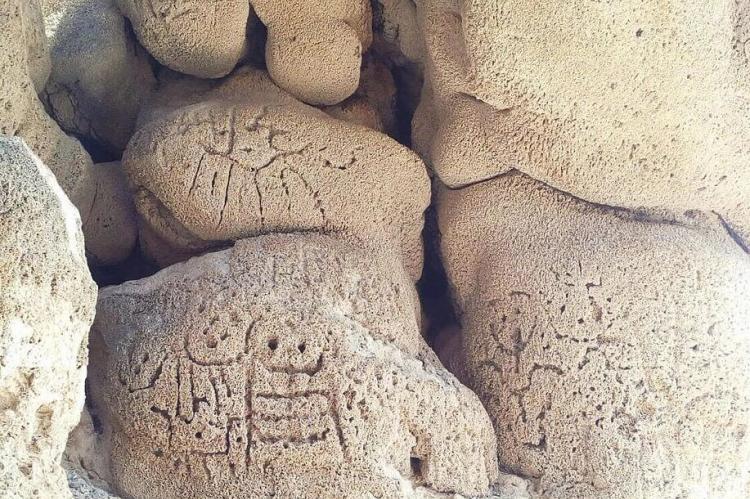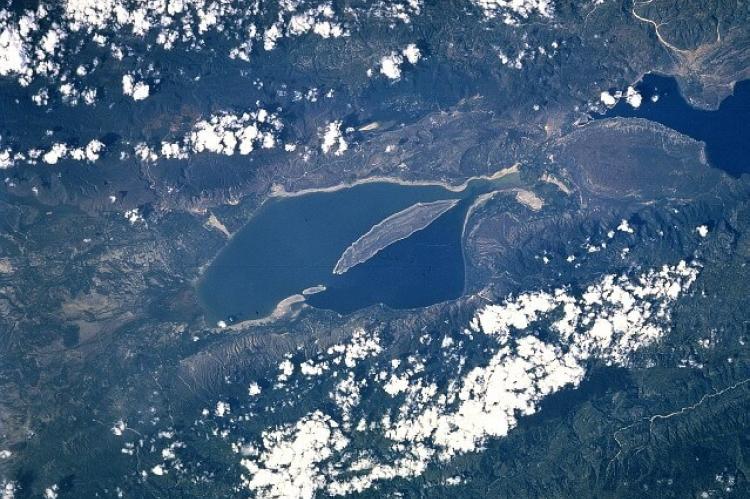Lago Enriquillo and Isla Cabritos National Park: A Natural Wonder of the Dominican Republic
Nestled in the southwestern region of the Dominican Republic lies a natural marvel – the Lago Enriquillo and Isla Cabritos National Park. This stunning protected area encompasses the largest lake in the entire Caribbean Region, along with the captivating Isla Cabritos (Goat Island) at its center.
Lago Enriquillo and Isla Cabritos National Park: A Natural Wonder of the Dominican Republic
Nestled in the southwestern region of the Dominican Republic lies a natural marvel – the Lago Enriquillo and Isla Cabritos National Park. This stunning protected area encompasses the largest lake in the Dominican Republic, Hispaniola, and the entire Caribbean Region, along with the captivating Isla Cabritos (Goat Island) at its center. This remarkable destination offers a unique blend of natural beauty, rich biodiversity, and a fascinating cultural heritage.
Lago Enriquillo: A Hypersaline Lake
Lago Enriquillo is a truly exceptional body of water. This hypersaline lake, spanning approximately 37 kilometers (23 miles) in length and up to 18 kilometers (11 miles) in width, boasts saline levels surpassing those of ocean water. Its surface sits at the lowest point in the West Indies, a remarkable 44 meters (144 feet) below sea level.
Fluctuating Water Levels and Salinity
One of the most intriguing aspects of Lago Enriquillo is its dynamic water level and salinity. These fluctuations are driven by storm-driven precipitation events and the region's high evaporation rate. Consequently, the lake's salinity can range from 33 parts per thousand (comparable to seawater) to over 100 parts per thousand, reaching hypersaline levels.
Isla Cabritos: A Biodiversity Hotspot
At the heart of Lago Enriquillo lies Isla Cabritos, a 2,600-hectare (6,400-acre) elongated island stretching from east to west. This island boasts a unique ecosystem characterized by dry and thorny tropical forests adapted to the low rainfall and high temperatures that remain relatively constant throughout the year.
Rich Fauna
Isla Cabritos is a haven for diverse fauna, including numerous reptile species. The American crocodile, the Ricord's iguana, and the rhinoceros iguana call this island home. Additionally, nearly 100 tropical bird species, such as herons and flamingos, grace the skies and shorelines of this natural paradise.
Las Caritas: A Cultural Legacy
Among the remarkable features of the Lago Enriquillo and Isla Cabritos National Park is Las Caritas ("The Faces"), a collection of ancient Indian inscriptions etched into a rock formation overlooking the lake. Also known as the Trono de Enriquillo ("Enriquillo's Throne"), this site holds historical significance as the former camping ground of the Taíno leader Enriquillo during his rebellion.
Petrified Coral
Much of the rock formation at Las Caritas is composed of petrified coral, which is a remnant of the entire region once submerged beneath the sea. This geological marvel adds intrigue to the area, serving as a testament to the captivating destination's ever-changing landscape and rich natural history.
Conservation Efforts
The Lago Enriquillo and Isla Cabritos National Park and the Jaragua-Bahoruco-Enriquillo Biosphere Reserve represent significant conservation efforts to preserve this unique ecosystem and its diverse flora and fauna. Through responsible tourism and environmental education, visitors can experience the wonders of this natural treasure while contributing to its long-term protection.
Conclusion
The Lago Enriquillo and Isla Cabritos National Park in the Dominican Republic is a true gem, offering a captivating blend of natural beauty, rich biodiversity, and cultural heritage. From the hypersaline lake and its fluctuating water levels to the diverse fauna of Isla Cabritos and the ancient inscriptions at Las Caritas, this destination promises an unforgettable experience for nature enthusiasts, adventure seekers, and cultural explorers alike.
